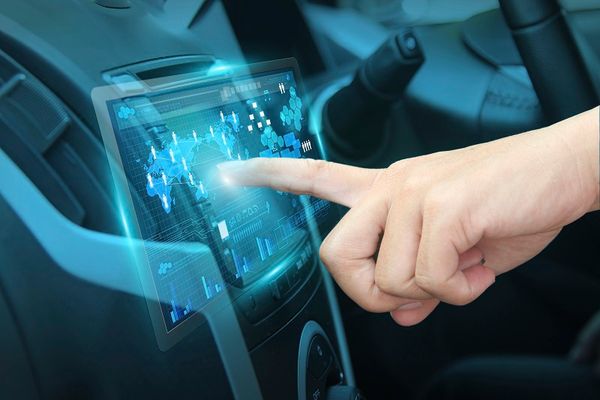US Department of Transportation Issues Guidance for Beefing Motor Vehicle Cybersecurity

In an attempt to prevent cyber attacks on motor vehicles” systems, the US Department of Transportation has released a set of best practices that automotive makers should abide by, to mitigate potential intrusions.
As today”s vehicles incorporate more interconnected technologies aimed at either improving safety on the road or offering new features to drivers, security researchers have demonstrated that some of these in-vehicle technologies can be hacked, and used to endanger passenger”s lives. While the purpose of the document is not to impose strict control, but to ensure that automotive manufacturers consider the risks of merging technologies into vehicles, the National Highway Traffic Safety Administration believes the document will help develop a risk-based approach towards automotive cybersecurity.
“Cybersecurity is a safety issue, and a top priority at the Department,” said U.S. Transportation Secretary Anthony Foxx. “Our intention with today’s guidance is to provide best practices to help protect against breaches and other security failures that can put motor vehicle safety at risk.”
Proposing a layered approach along with constant testing and cooperation between automotive makers, the department also focuses on employee trainings on cybersecurity best practices. Internal audits on everything from keyless entry to tire-presser control monitoring and entertainment systems are also recommended by the department, as NHTSA Administrator Dr. Mark Rosekind believes rapidly changing technology must be met with sufficient caution and control.
“In the constantly changing environment of technology and cybersecurity, no single or static approach is sufficient,” said NHTSA Administrator Dr. Mark Rosekind. “Everyone involved must keep moving, adapting, and improving to stay ahead of the bad guys.”
While most of the mentioned guidelines are part of already known best practices, the US Department of Transportation hopes that automotive makers will carefully consider them and start implementing them in both new and future automotive generations.
tags
Author
Liviu Arsene is the proud owner of the secret to the fountain of never-ending energy. That's what's been helping him work his everything off as a passionate tech news editor for the past few years.
View all postsRight now Top posts
How to Protect Your WhatsApp from Hackers and Scammers – 8 Key Settings and Best Practices
April 03, 2025
Outpacing Cyberthreats: Bitdefender Together with Scuderia Ferrari HP in 2025
March 12, 2025
Streamjacking Scams On YouTube Leverage CS2 Pro Player Championships to Defraud Gamers
February 20, 2025
How to Identify and Protect Yourself from Gaming Laptop Scams
February 11, 2025
FOLLOW US ON SOCIAL MEDIA
You might also like
Bookmarks








